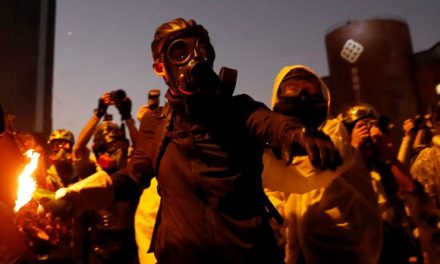Written by Damian Carrington / The Guardian
“Humanity has wiped out 60% of mammals, birds, fish and reptiles since 1970, leading the world’s foremost experts to warn that the annihilation of wildlife is now an emergency that threatens civilisation.
The new estimate of the massacre of wildlife is made in a major report produced by WWF and involving 59 scientists from across the globe. It finds that the vast and growing consumption of food and resources by the global population is destroying the web of life, billions of years in the making, upon which human society ultimately depends for clean air, water and everything else.
‘We are sleepwalking towards the edge of a cliff”,’ said Mike Barrett, executive director of science and conservation at WWF. ‘If there was a 60% decline in the human population, that would be equivalent to emptying North America, South America, Africa, Europe, China and Oceania. That is the scale of what we have done.’
‘This is far more than just being about losing the wonders of nature, desperately sad though that is,’ he said. ‘This is actually now jeopardising the future of people. Nature is not a ‘nice to have’ – it is our life-support system.’” […]
The biggest cause of wildlife losses is the destruction of natural habitats, much of it to create farmland. Three-quarters of all land on Earth is now significantly affected by human activities. Killing for food is the next biggest cause – 300 mammal species are being eaten into extinction – while the oceans are massively overfished, with more than half now being industrially fished.
Chemical pollution is also significant: half the world’s killer whale populations are now doomed to die from PCB contamination. Global trade introduces invasive species and disease, with amphibians decimated by a fungal disease thought to be spread by the pet trade.
The worst affected region is South and Central America, which has seen an 89% drop in vertebrate populations, largely driven by the felling of vast areas of wildlife-rich forest. In the tropical savannah called cerrado, an area the size of Greater London is cleared every two months, said Barrett.
“It is a classic example of where the disappearance is the result of our own consumption, because the deforestation is being driven by ever expanding agriculture producing soy, which is being exported to countries including the UK to feed pigs and chickens,” he said. The UK itself has lost much of its wildlife, ranking 189th for biodiversity loss out of 218 nations in 2016.
The habitats suffering the greatest damage are rivers and lakes, where wildlife populations have fallen 83%, due to the enormous thirst of agriculture and the large number of dams. “Again there is this direct link between the food system and the depletion of wildlife,” said Barrett. Eating less meat is an essential part of reversing losses, he said. […]
Tanya Steele, chief executive at WWF, said: ‘We are the first generation to know we are destroying our planet and the last one that can do anything about it.’”



